Cape May’s LOST Elephant – The Light of Asia
In the annals of Cape May’s history lies a fascinating tale of innovation, ambition, and the enduring legacy of a wooden elephant named the “Light of Asia.”
Back in 1884, amid the serene backdrop of the beach that separated Cape Island from Cape May Point, groups of curious children and adults alike gathered to witness the construction of this peculiar creature.
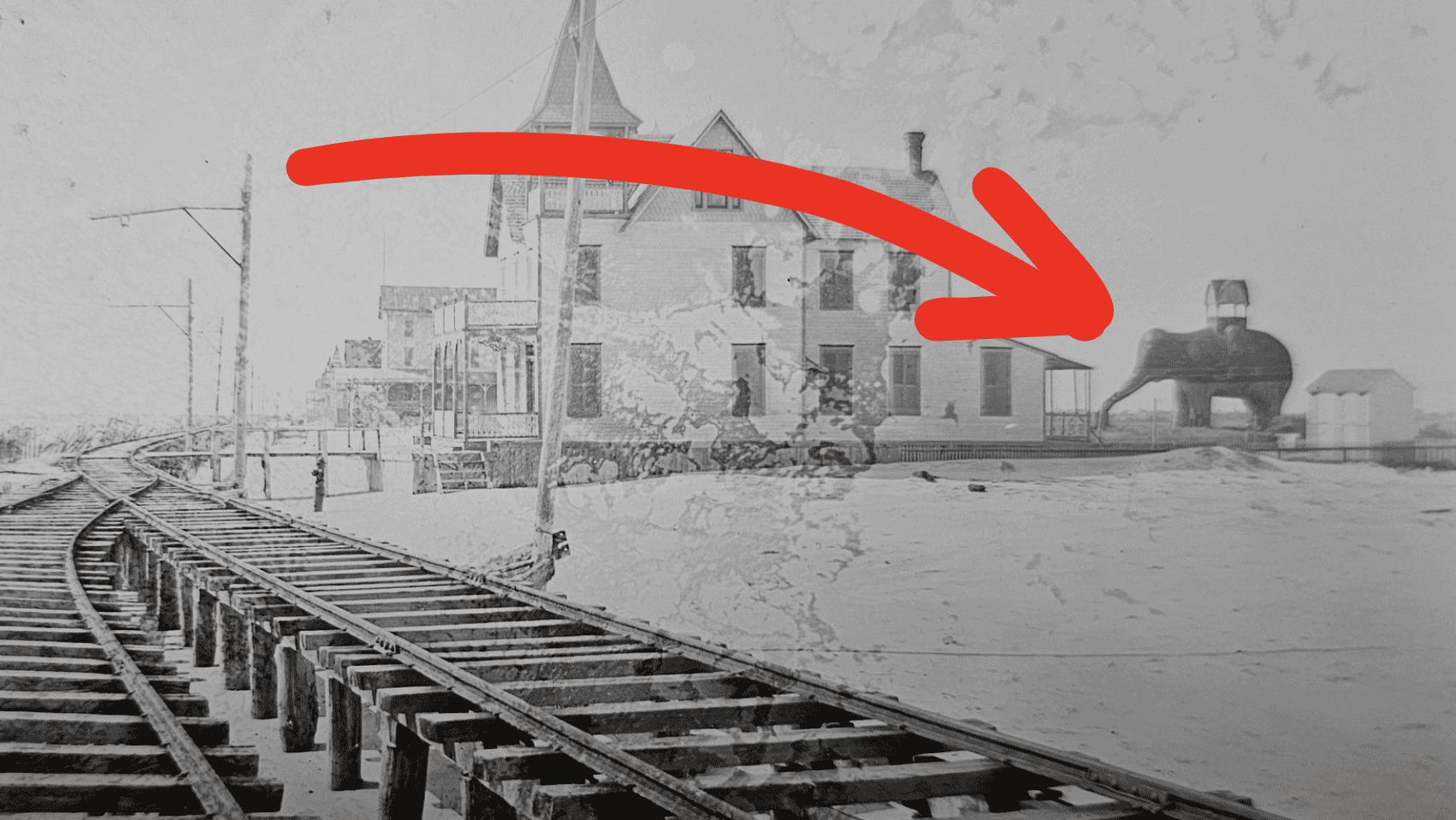
Cape May’s LOST Elephant – The Light of Asia
Designed by Philadelphia architect N.H. Culver and commissioned by land speculator Theodore M. Reger, the “Light of Asia” bore a resemblance to its predecessors, Lucy the Elephant in Margate and the Elephantine Colossus of Coney Island.
Reger, seeking to capitalize on the novelty of this colossal pachyderm, advertised for tenants to occupy its interior and utilize its various features, including selling soda water, fancy articles, and offering bathhouses and ice cream gardens.
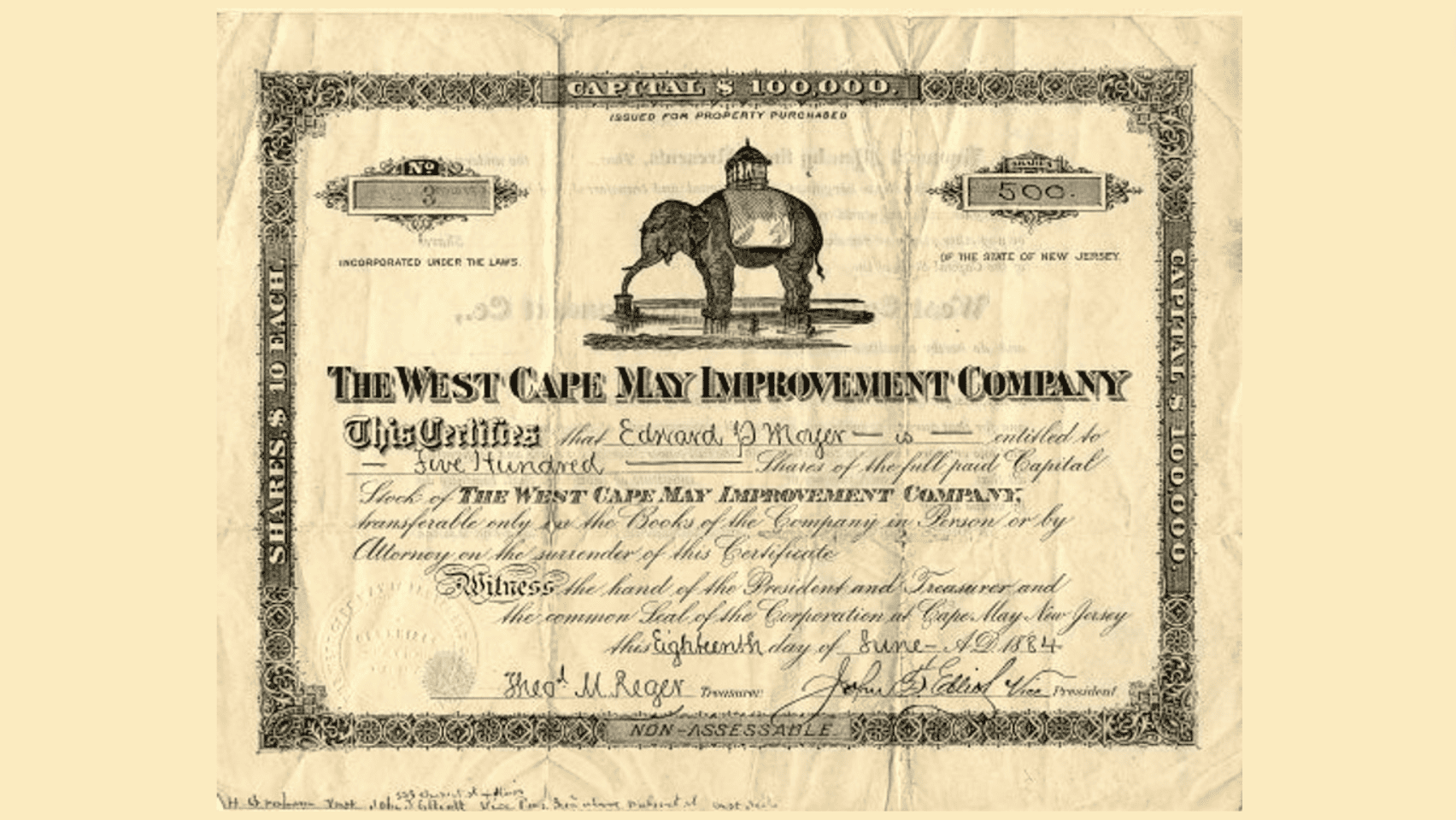
Inside, two sets of stairs led to the howdah, offering visitors an observatory with panoramic views of the Atlantic Ocean and the surrounding meadows, all for a mere ten cents.
Constructing such a monumental structure was no small feat; it required over one million pieces of wood and was covered with a “skin” consisting of more than 13,000 square feet of tin.
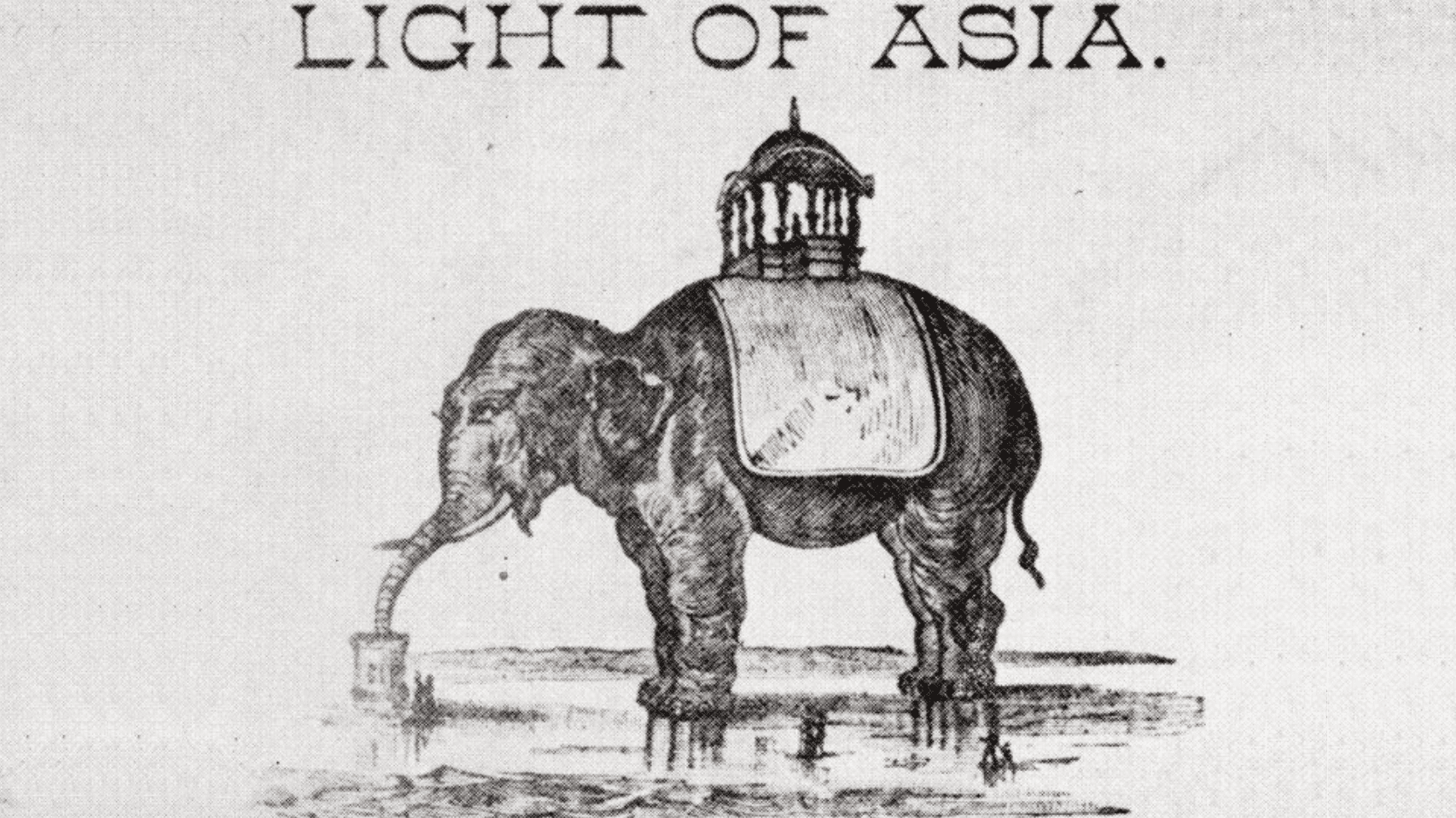
Reger’s venture, the Neptune Land Company, aimed to transform the land once occupied by the Mount Vernon Hotel into a thriving community.
The site, known as the Mount Vernon tract, stretched from the Sea Breeze Excursion House to the Weatherby tract near Cape May Point. However, despite the attention garnered by the elephant, development progressed at a sluggish pace.
Also see: The Day New Jersey Was Almost Invaded
Undeterred, Reger formed the Mount Vernon Land Company in 1887, renaming the elephant “New Mount Vernon” as a symbol of the renewed effort to promote the area.
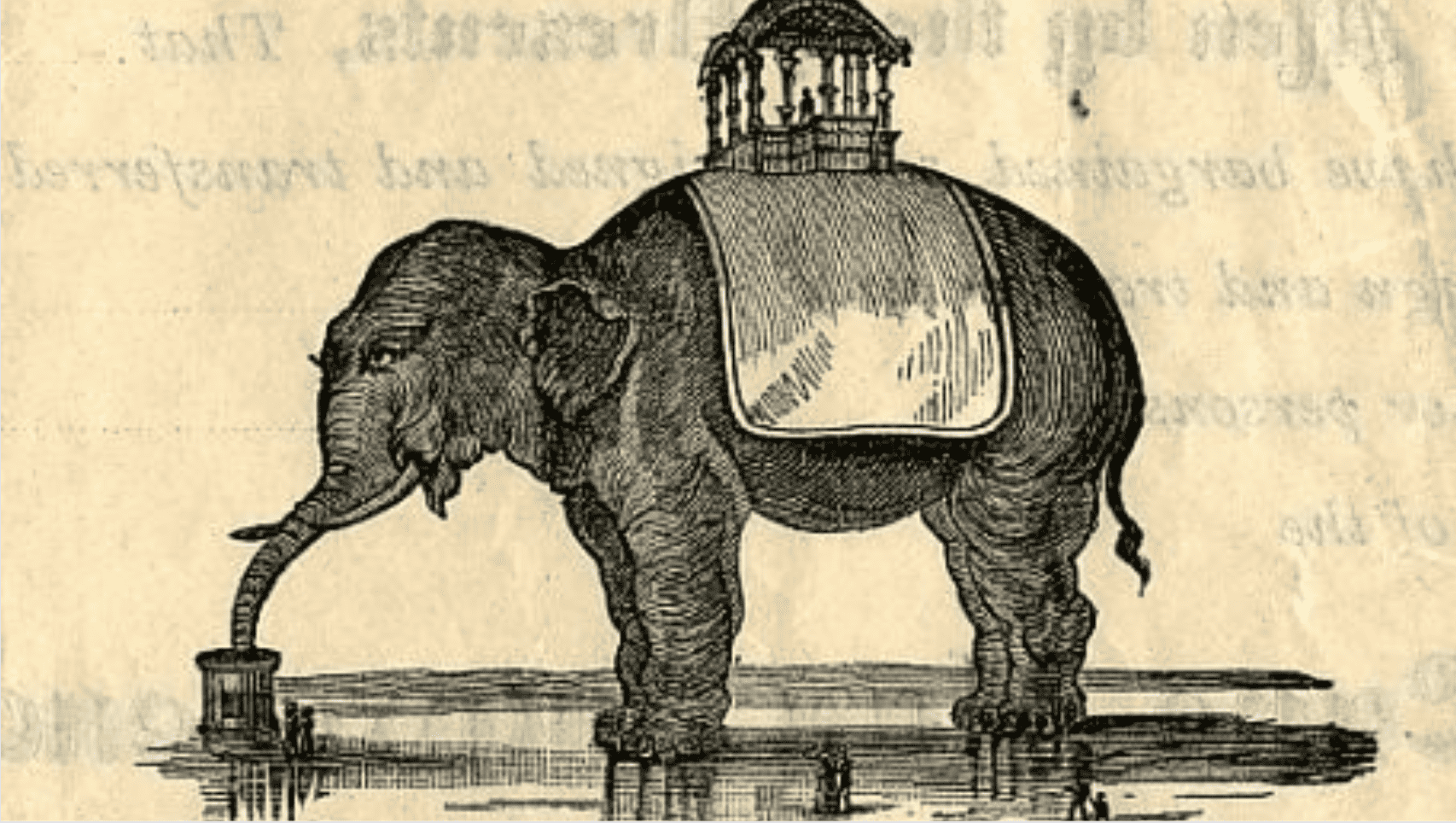
The transformation of the tract into a beachfront cottage community was gradual. In 1889, advertisements appeared in local newspapers, enticing buyers with “very reasonable prices” for lots in the Mount Vernon Tract.
Slowly but steadily, the area evolved, culminating in the chartering of South Cape May as a borough in 1894.
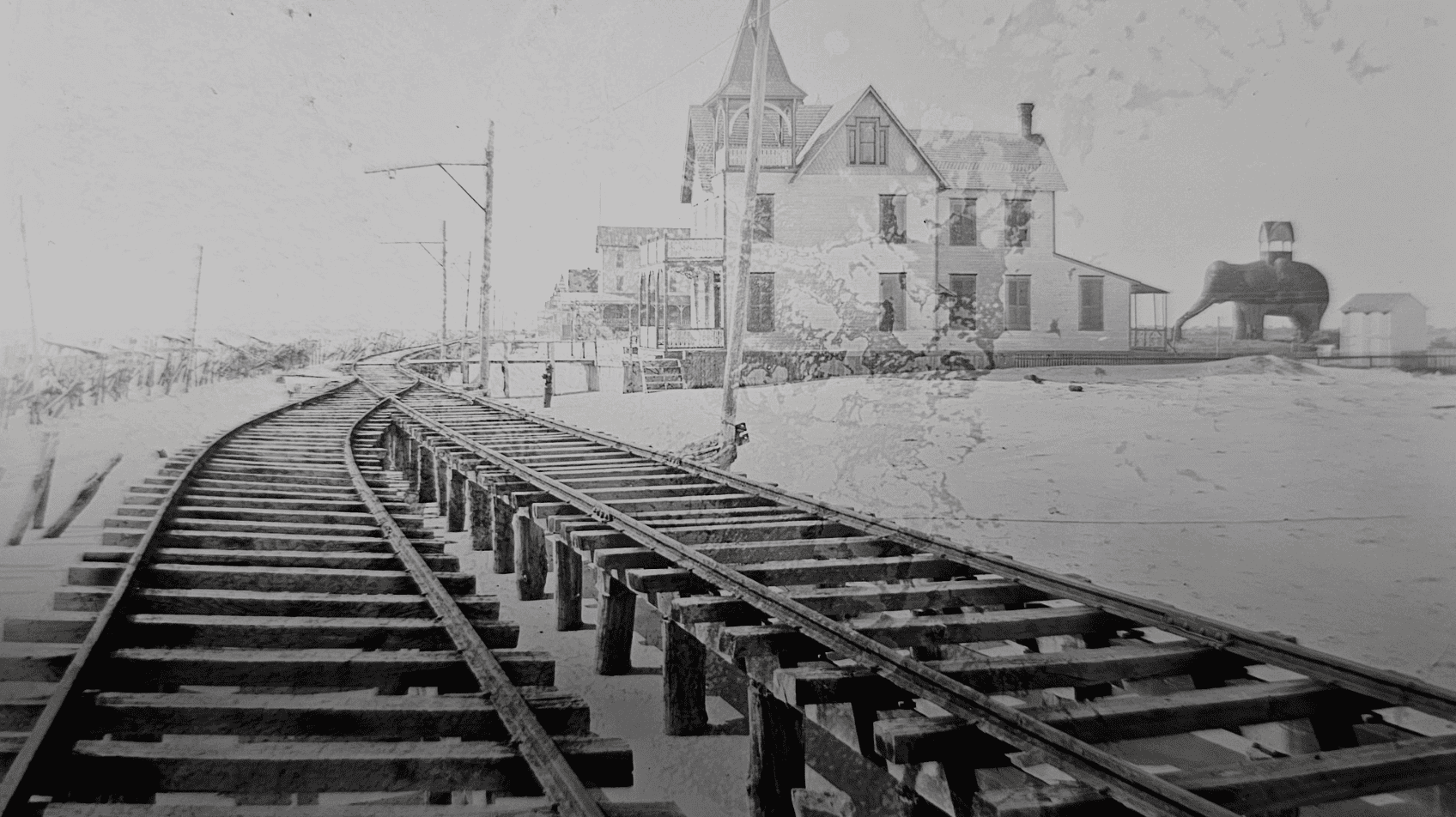
Despite initial sales, the venture faltered, leaving many lots unsold. By 1899, some lots were still being advertised for sale, highlighting the challenges faced by early developers in Cape May.
So whatever happened to all three Elephants? The Light of Asia fell into disrepair and was dismantled while The Elephant Colosses burned in an 1896 fire at Coney Island. lucky for us Lucy is still here and just went through a massive renovation project.
The Wildwood Video Archive stopped by to see her just days before she opened for a tour and drone video. Check it out below and be sure to subscribe to our YouTube channel as we try to hit 100,000 subscribers.
